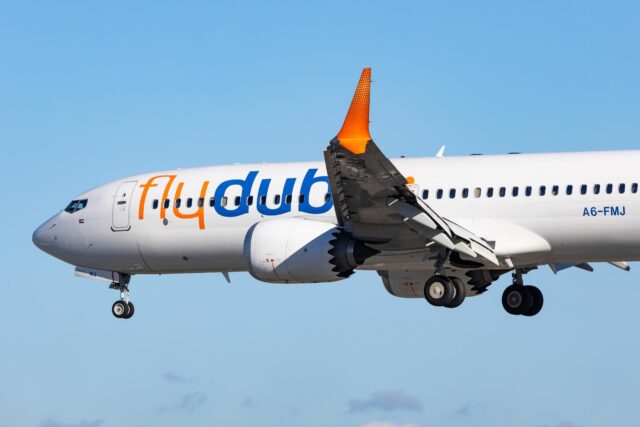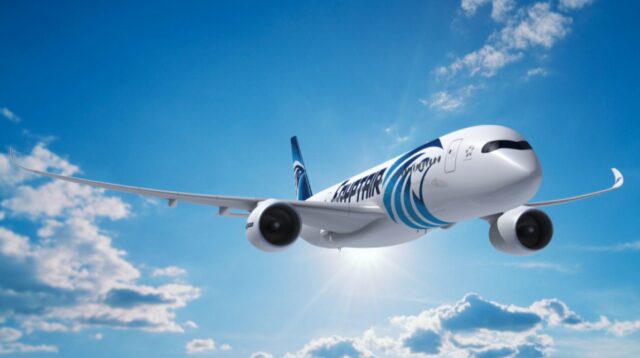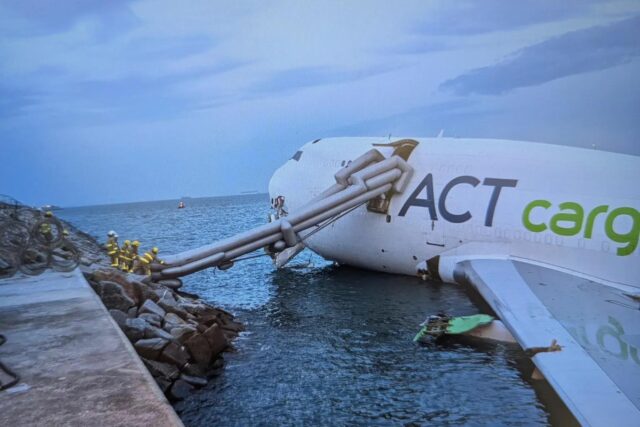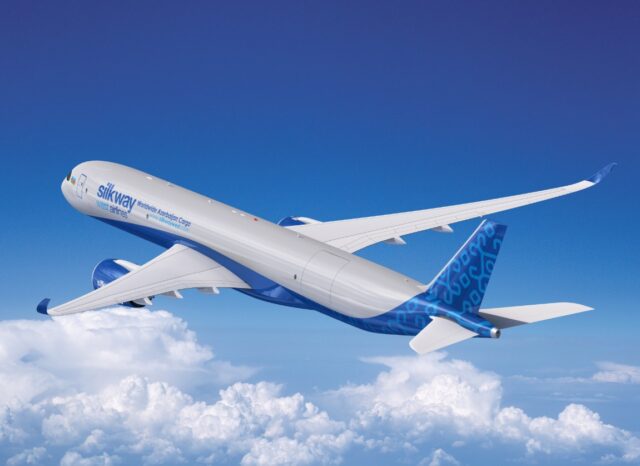Brunei’s aviation regulator gives COMAC a foothold in Southeast Asia

October 24, 2025

The aviation regulator of Brunei has announced that it now permits its airlines to operate aircraft certified by the Civil Aviation Authority of China (CAAC), as reported by Reuters. The regulatory shift opens the door for COMAC (Commercial Aircraft Corporation of China) aircraft to operate out of Brunei.

While Brunei is a small market in terms of fleet size, the decision has strategic value for COMAC, supporting its ambitions to gain international acceptance beyond China.
What changed in Brunei?
Previously, Brunei’s Department of Civil Aviation recognised only aircraft designs certified by major regulators such as the US Federal Aviation Administration (FAA), Canada’s Transport Canada, and the European Union Aviation Safety Agency (EASA).
The recent amendment adds CAAC to its list of recognised regulators, meaning aircraft such as COMAC models that carry CAAC type approval can now be operated by Brunei-based carriers.
Brunei’s GallopAir is a COMAC customer
The Brunei-based start-up airline, GallopAir, is closely tied to this development. The carrier placed orders in 2023 for 15 C909 jets and 15 C919 jets — the first C919 order by a non-Chinese airline.
COMAC has not yet delivered any aircraft to GallopAir, and the timeline of the program remains unclear. The regulatory clearance from Brunei marks a preparatory step, opening the way for these jets, but neither the regulator nor the airline has yet confirmed immediate operations.
Why Brunei’s regulatory acceptance matters for COMAC
For COMAC, this regulatory change is a strategic win. It helps validate its aircraft outside the domestic Chinese market. Acceptance by other regulators supports COMAC’s efforts to shift from purely domestic orders to international sales and operations.

Brunei’s decision allows COMAC to build a track record of overseas operations—a necessary credential that will help it compete with Airbus and Boeing.
It also offers COMAC a route into ASEAN markets, where regulatory hurdles may be lower or remain dependent on recognition of CAAC certification.
The expansion of the COMAC fleet
COMAC currently offers two main commercial aircraft programmes. The smaller regional jet C909 (formerly the ARJ21) can carry around 90 passengers. The larger narrowbody C919, competes with the Airbus A320neo and the Boeing 737 MAX. However, the international market remains cautious. Airlines outside China often require Western regulator approvals before deploying new aircraft.
Significant headwinds remain for both COMAC aircraft types to spread beyond China’s borders. Neither the C909 nor the C919 has so far secured certification from the FAA or EASA. COMAC is reportedly behind on delivery targets for the C919.
Implications for the region and industry
Brunei’s rule change may signal to other ASEAN states that using CAAC-certified aircraft is acceptable. Earlier this year, Vietnam added CAAC to its approved regulators in support of airlines considering the COMAC C909 for their fleets.

For smaller or start-up carriers with tight budgets, Chinese jets may offer a cost-competitive alternative if delivery, support and lifecycle costs prove viable.
Accepting Chinese-certified aircraft could help Brunei position itself as a regional aviation hub (in line with GallopAir’s ambitions) if access to more aircraft types becomes available.
For COMAC, this helps build commercial credibility: the more countries that formally recognise its certification authority, the stronger COMAC’s case in other markets.
It may also provide a bridge strategy while COMAC waits for Western certification. Deployments in countries that accept the CAAC certification could offer practical in-service experience and marketing proof-points. It also helps diversify COMAC’s risk, as reliance on the domestic Chinese market alone would limit growth.

The move underscores the latent competitive pressure from China. Although Western regulators may still dominate global certification, regions are gradually opening to alternatives.
For incumbents such as Airbus and Boeing, the shift signals that their duopoly might face incremental disruption — particularly in emerging markets. It may heighten the two dominant OEMs’ focus on lifecycle support, global delivery reliability and supply-chain resilience.
COMAC still faces challenges to global expansion
While the Brunei decision is significant, the C919 still awaits approval from major Western regulators. The EASA has estimated it will need 3-6 years to complete certification.
COMAC still faces production delays, relies on foreign components (for example, the LEAP-1C engine), and has missed earlier targets.
Airlines and lessors outside China will likely require operator references, global maintenance networks and proven operational reliability before placing any large orders. Although GallopAir has ordered up to 30 aircraft, neither the jets nor a delivery schedule has been confirmed publicly.
Global back-up, parts availability, training, and resale value – all will weigh heavily in how widely COMAC jets are adopted beyond markets that accept CAAC certification.
Featured Image: COMAC
















